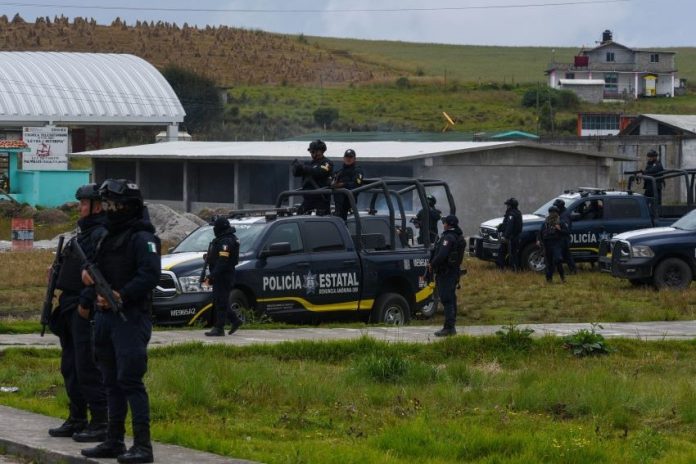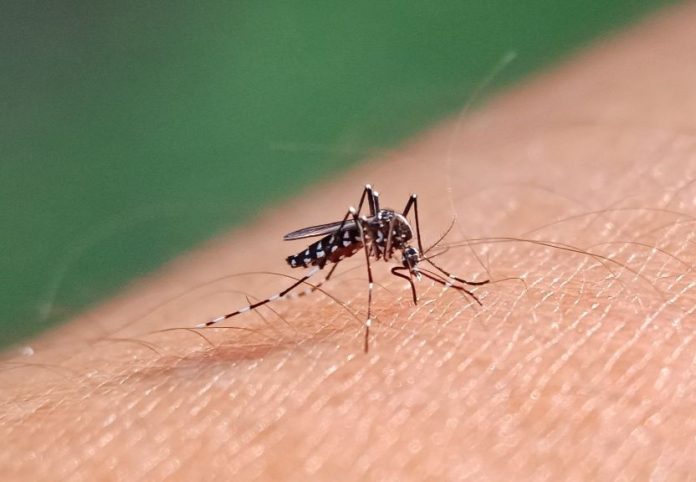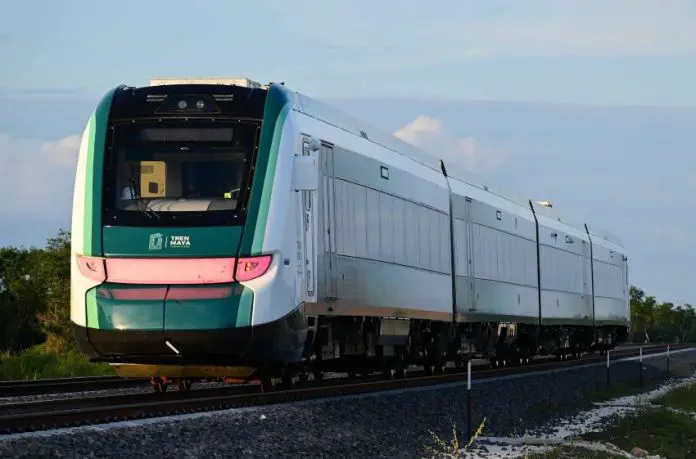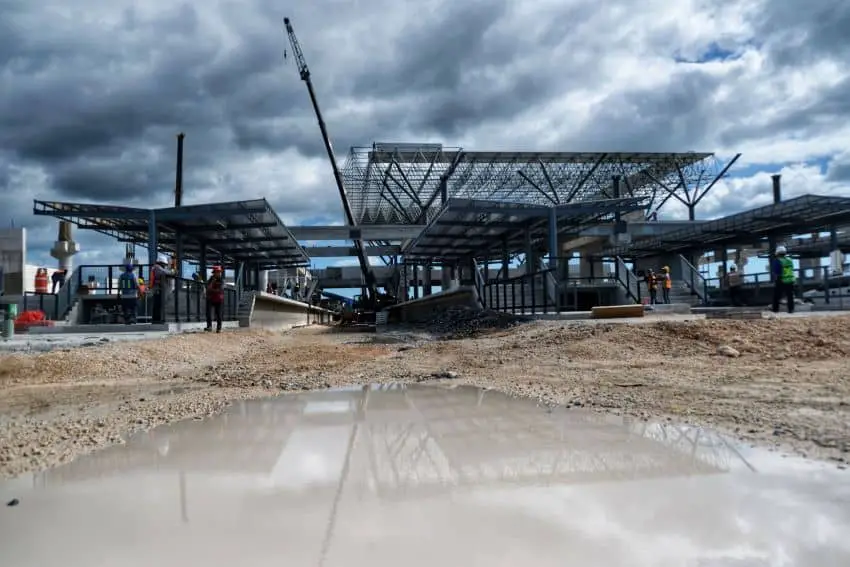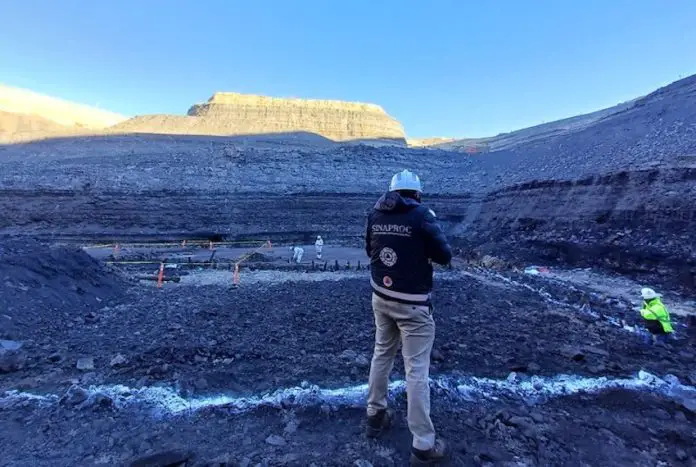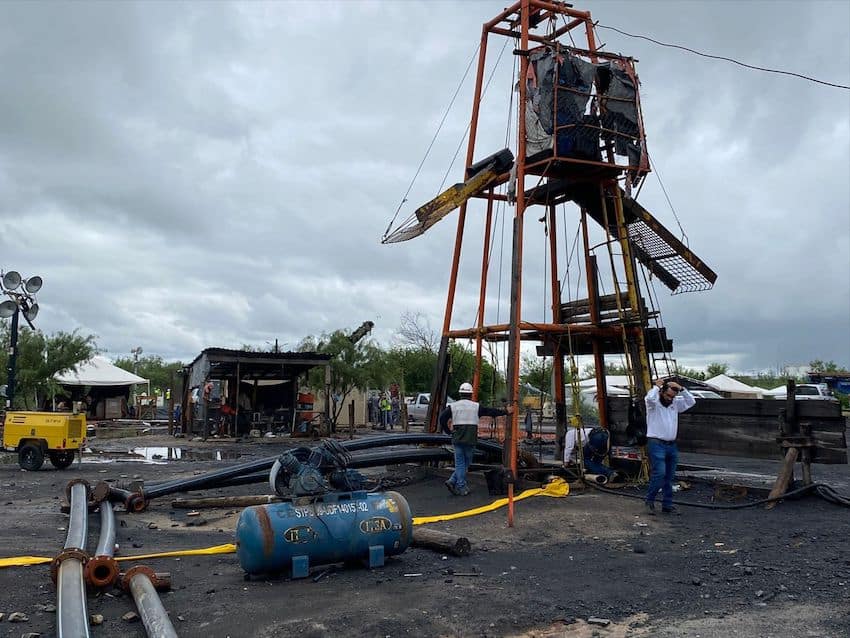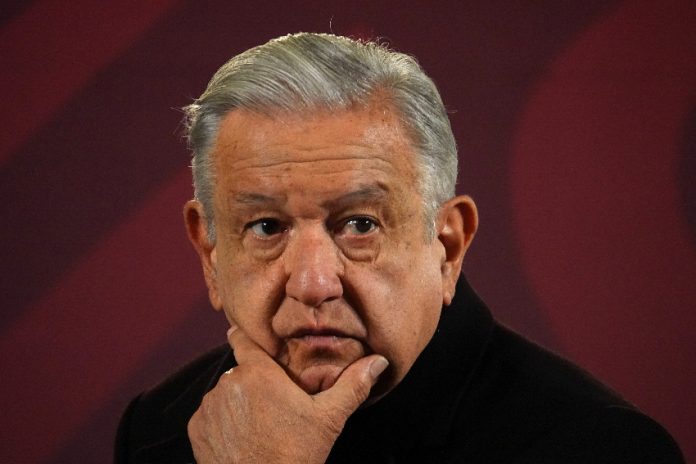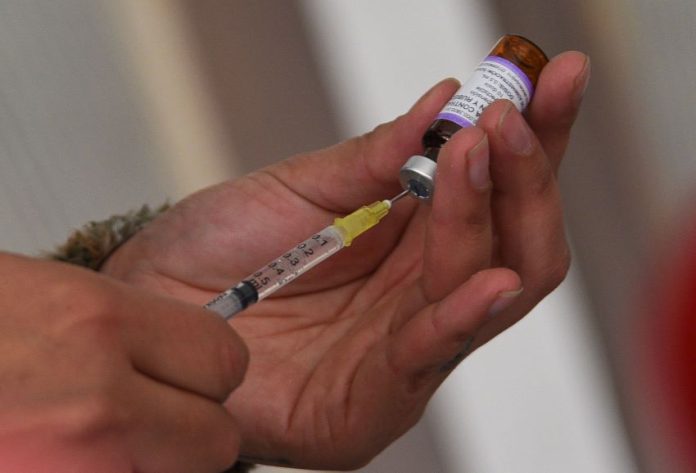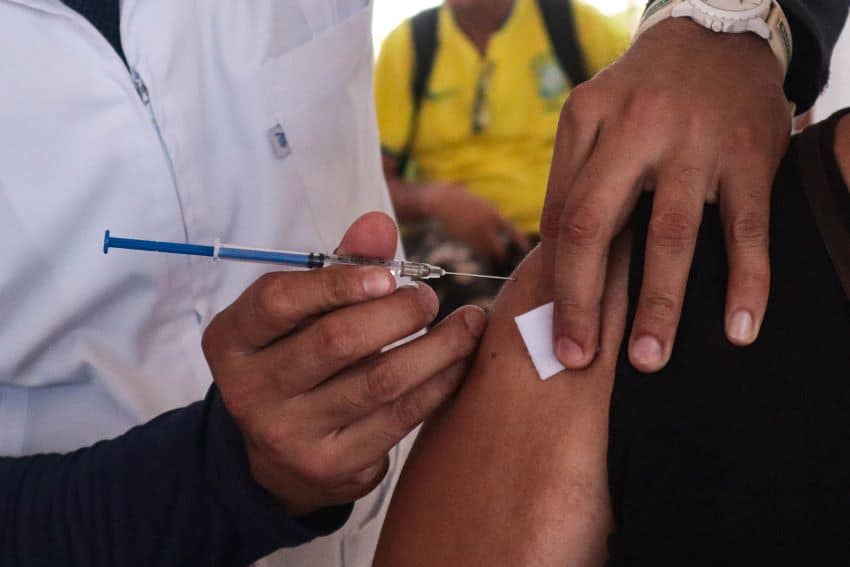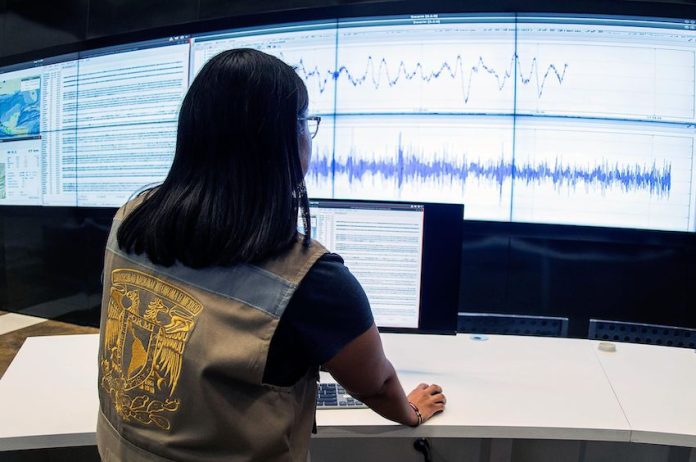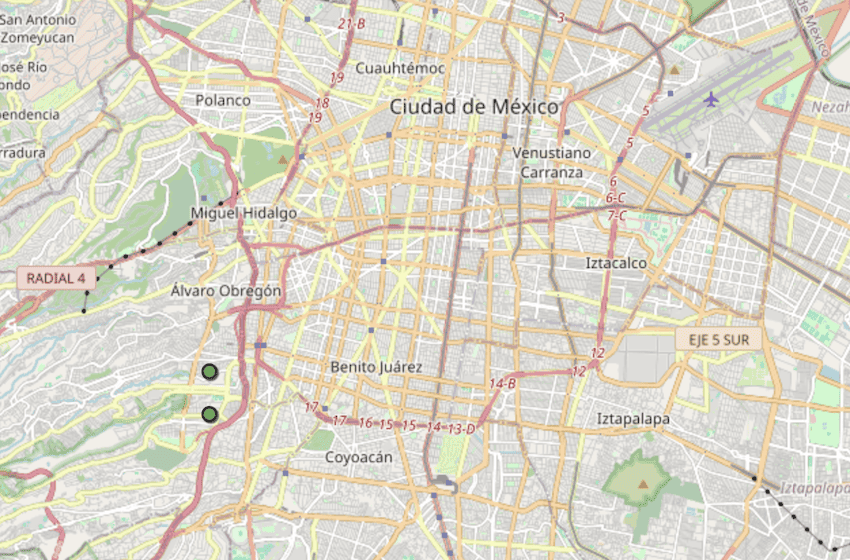Fourteen people remain missing after they were kidnapped in the wake of a deadly confrontation in México state earlier this month, according to the local Attorney General’s Office.
A clash on Dec. 8 between farmers and alleged members of the La Familia Michoacana criminal organization in the municipality of Texcaltitlán left 14 people dead and seven others injured.

Ten of those killed were presumed cartel members, while the other four were local residents. The bodies of the alleged criminals were set on fire.
The confrontation reportedly occurred after members of La Familia Michoacana — a notoriously violent cartel — attempted to raise the payments they were demanding from farmers and business owners in exchange for allowing them to operate unimpeded.
México state Attorney General José Luis Cervantes told a press conference on Wednesday that none of the farmers involved in the clash would face charges as it was determined they acted in “legitimate self-defense.”
On the day of the clash, which occurred on a soccer field in Texcapilla, a small community in Texcaltitlán, the local residents came under attack first and consequently retaliated with their own gunfire, he said. The attorney general also said that residents and their families had faced constant threats from extortioners.
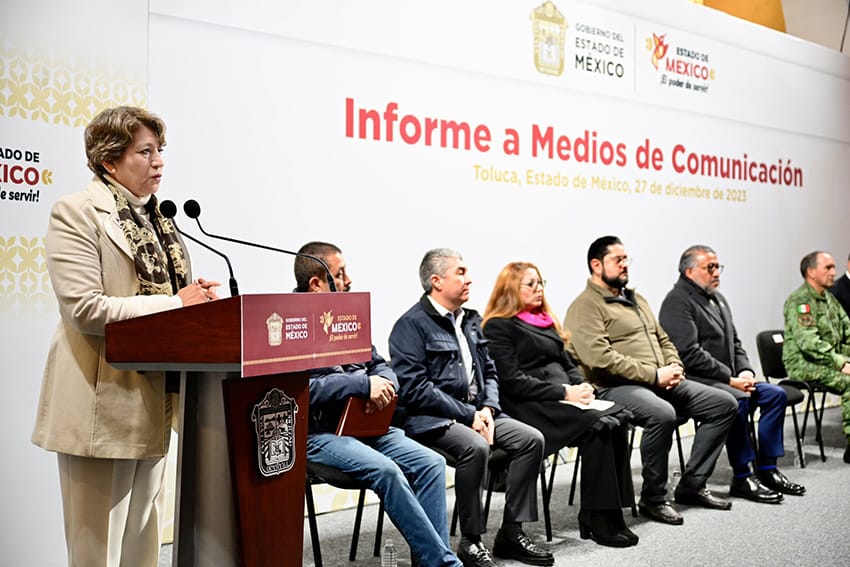
Cervantes said that authorities are searching for 14 people who were abducted shortly after the confrontation. It appears that the abductions were retaliation for the deaths of the cartel members in the clash, although authorities didn’t confirm that was the case.
Nine members of the same family, including four children aged between 18 months and 14, were kidnapped at a cartel roadblock, while two people were abducted by armed men from the Coatepec General Hospital, where they were receiving treatment for injuries they sustained in the Dec. 8 clash.
Three men including a Texcaltitlán municipal policeman were also abducted at a cartel roadblock.
Cervantes noted that the missing are two girls, two boys, three women and seven men. He said that no ransom requests had been received, and noted that authorities have conducted searches in Texcaltitlán and several other municipalities in the area.
The México state Attorney General’s Office is offering a reward of up to 500,000 pesos (about US $29,500) for information that leads to the location of those missing.
Cervantes called on citizens to provide any information that could help authorities locate the missing persons.
According to an Associated Press report, Texcaltitlán residents said that the Familia Michoacana was demanding they hand over the leaders of the Dec. 8 uprising, in exchange for releasing the kidnapped children and adults.
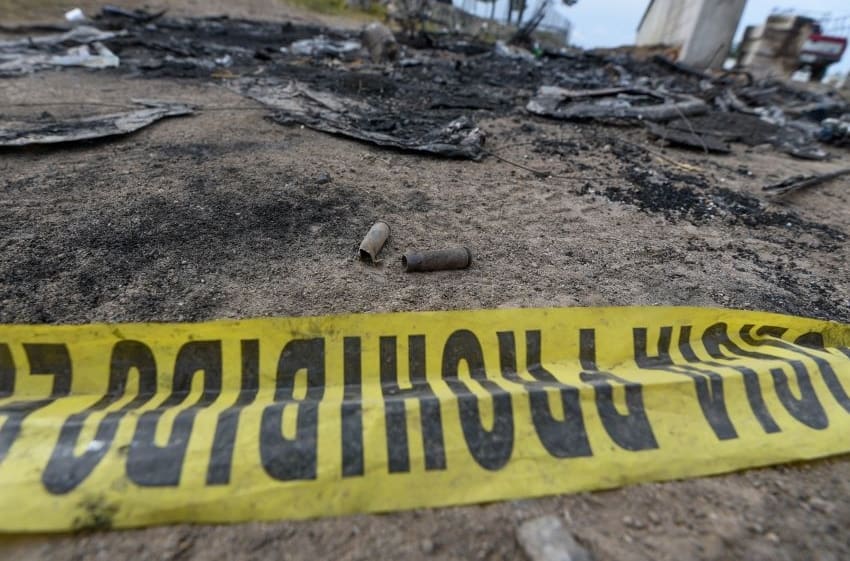
Security Minister Andrés Andrade Téllez told the press conference on Wednesday that eight alleged members of the La Familia Michoacana cartel had been arrested since the Dec. 8 clash. Weapons, vehicles and other assets were seized from those detained, he said.
Andrade said that state police and federal security forces are maintaining a presence in Texcaltitlán to prevent extortion, a common crime in many parts of Mexico.
Governor Delfina Gómez said that a number of government ministries would contribute to a plan to improve security and “strengthen the social fabric” in Texcaltitlán and other parts of southern México state.
La Familia Michoacana has a strong presence in México state and the neighboring states of Michoacán and Guerrero.
One of the organization’s leaders, Rigoberto de la Sancha Santillán, was killed in the Dec. 8 clash.
De la Sancha, who was known as “El Payaso” (The Clown), allegedly participated in a 2021 ambush that killed 13 police officers in Coatepec Harinas, a México state municipality that borders Texcaltitlán.
He was the target of a 2022 police operation during which at least 10 presumed Familia Michoacana members were killed in Texcaltitlán.
With reports from Sin Embargo, El Universal, La Jornada and AP
